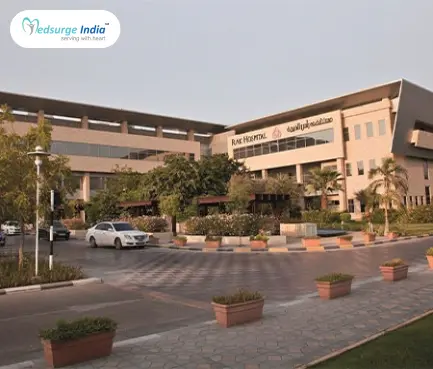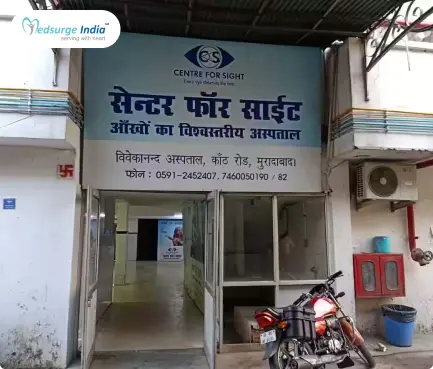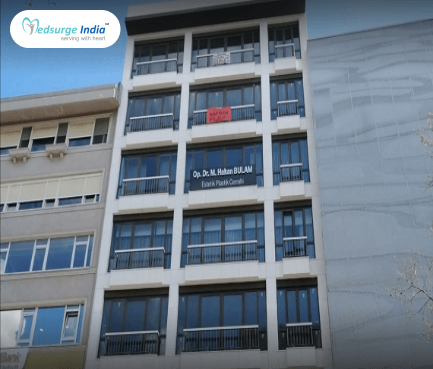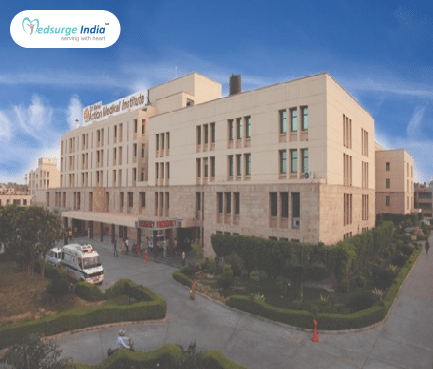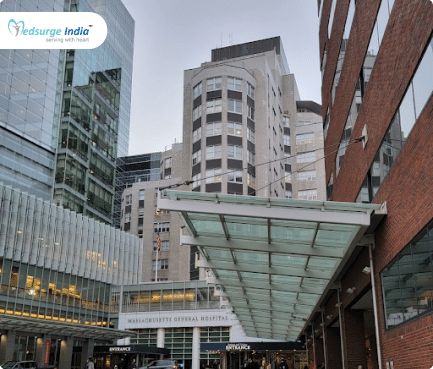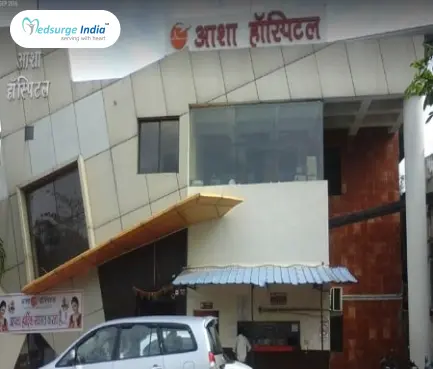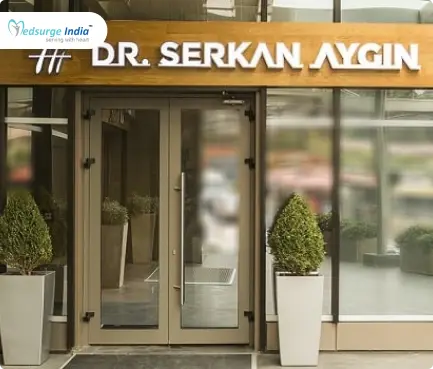
An Overview of Systemic Lupus Erythematosus
Systemic Lupus Erythematosus is the most prevalent form of lupus which is classified as an autoimmune disease that has no known cure. Some of the symptoms are tiredness, joint aches, and rashes with regions involving nostrils and cheeks. There is no cure for it, but it can be treated, meaning that, with the appropriate care, a person can live a normal life. Autoimmune disease happens when the body’s immune system turns against it, resulting from perceiving the body as an outsider. Autoimmune diseases can be categorized as common and rare; however, there are numerous autoimmune diseases, such as systemic lupus erythematosus.
Many immunological conditions that are characterized by similar clinical manifestations and laboratory findings have been referred to as lupus collectively, but SLE is the most prevalent form of lupus. SLE is a long-term condition with some periods having serious symptoms and other times having relatively moderate symptoms. SLE can scarcely limit a patient’s functionality and overall lifestyle as long as they undergo treatment.
The exact cause of Systemic Lupus Erythematosus is not fully understood The immune system malfunctions and produces antibodies that attack healthy tissue. As a rule, the immune system fights infections and diseases to keep the body fit and healthy. Auto-immune disease occurs when the immune system begins to attack the body as an invasion by a foreign intruder.
What is the Cause?
Causes of Systemic Lupus Erythematosus include the following:
- Environmental Factors
- Genetic Factors
- Hormonal Factors
The word lupus has been used in different diseases that are immunological in nature, and they present with clinical and serological features similar to SLE, but SLE is the most common variant of lupus. SLE is a chronic long-standing disease whose manifestations flare up at one time as opposed to other times. Modern medications allow most of the patients with SLE to live a normal life.
What are its Symptoms?
Symptoms for SLE can vary and can change over time. Some of the common symptoms include:
- severe fatigue
- joint pain
- joint swelling
- headaches
- a rash on the cheeks and nose
- hair loss
- anemia
- blood-clotting problems
- fingers turning white or blue and tingling when cold.
Additional symptoms may vary depending on whatever bodily component the disease is targeting, such as the skin, heart, or digestive system.
Diagnosis might be challenging because symptoms of lupus can also be present in many other illnesses. See your physician if you experience any of these symptoms. Tests can be performed by your doctor to obtain the data required for a precise diagnosis.
Who Should Undergo the Treatment?
A person who has symptoms of systemic lupus erythematosus has to seek medical assistance at once. Any person who feels chest pain or discomfort or difficulty in breathing, nausea vomiting, weakness, numbness, tingling, or fever has time to see a doctor for a heart attack. Individuals with rashes, fever, and joint pain are considered to undergo the treatment for lupus.
Systemic Lupus Erythematosus cost in India
Systemic Lupus Erythematosus cost in India is influenced by several factors. The most significant factor affecting the cost of Systemic Lupus Erythematosus in India can depend on the patient condition as well. The cost can range from 300 USD to 3000 USD for Systemic Lupus Erythematosus in India.
Systemic Lupus Erythematosus Cost in Different Cities in India
| Cities | Price Starting From |
| Delhi | 450 USD |
| Noida | 390 USD |
| Gurgaon | 400 USD |
| Chennai | 490 USD |
| Mumbai | 510 USD |
| Bangalore | 420 USD |
| Kolkata | 190 USD |
Please keep in mind that the cost of the treatment will vary depending on various factors. Below are the factors that can affect the cost of the treatment.
Factors that affect the cost of systemic Lupus Erythematosus in India
Here are several key factors that influence the expenses associated with Systemic Lupus Erythematosus:
Kind of Treatment Required: Certain treatments for Systemic Lupus Erythematosus are more costly than others.
Hospital or clinic’s location: The cost of care in a private hospital or clinic is often higher than that in a public hospital.
Medication costs: Certain medicines can influence the overall cost of Systemic Lupus Erythematosus in India.
Patient Condition: The complexity of the patient’s overall health can affect the duration of treatment, impacting the cost.
Duration of treatment: Longer treatment courses involving multiple visits can lead to higher cumulative costs.
The expertise and experience of medical professionals: Rheumatologist with extensive experience and recognition often command higher fees, contributing to the treatment cost.
How is SLE Diagnosed?
It is quite challenging to diagnose the disease as it has a lot of cycles of flares and remission and its symptoms are vague as they can be related to symptoms of other disorders or diseases. It is crucial to explain all the symptoms to your doctor even if you are no longer experiencing them. Your doctor may have to conduct further tests to eliminate other possibilities that may be causing lupus. This is the reason why at this time no individual test can diagnose lupus. Doctors can diagnose the condition by:
- History: Patient’s history, part of the complaints as joint pain, skin rashes, fatigue, and sensitivity to sunlight.
- Antinuclear Antibody (ANA) Test: Positive ANA is observed in 70% of SLE, though it is not pathognomic.
- Specific Autoantibodies: Hemagglutination-absorption tests using sera for detection of antibodies against double-stranded DNA (anti-dsDNA), Smith (anti-Smith), Ro/SSA, and La/SSB.
- Complete Blood Count (CBC): As a screening test to see if the client has anemia, leukopenia, or thrombocytopenia.
- Erythrocyte Sedimentation Rate (ESR) and C-reactive protein (CRP): It is used to measure the levels of inflammation.
- Urinalysis: To rule out any kidney disease, for example, to check for protein and blood in urine.
- X-rays, Ultrasound, or MRI: To evaluate the involvement of joints and organs, especially in cases where symptoms that suggest involvement of lungs, heart, or kidneys are manifest.
- Kidney Biopsy: In case the person develops lupus nephritis, a biopsy will help in evaluating the degree of kidney involvement as well as in managing the condition.
How is Systemic Lupus Erythematosus Treated?
Doctors address this condition using symptoms since it has no cure. The goal of treatment is to:
- Manage symptoms.
- Avoid, reduce, and Reverse flares.
- Control the disease at its lowest activity possible and even aim for a cure.
- Treat to minimize or buy time before the organ is affected.
- Boost life expectancy.
Though, treatments have advanced significantly, and physicians today have more options available to help contain the disease. Depending on changes in the symptoms and manifestations of lupus and the side effects that can occur with the treatments, your doctor may prescribe a combination of treatments. The treatments for this disease may include the following.
Medications
- NSAIDs, or nonsteroidal anti-inflammatory drugs, are used to treat minor inflammation and pain.
- Antimalarial medications, such as hydroxychloroquine, are used to treat skin and joint problems and stop flare-ups.
- Corticosteroids: Depending on the severity of symptoms, different doses are used to reduce inflammation.
- Immunosuppressants (such as methotrexate and azathioprine): For more serious conditions involving multiple organs.
- Biologics (e.g., Belimumab): These medications target certain immune system pathways and are prescribed to patients who have not responded adequately to other treatments.
Alternative and Complementary Therapies
To relieve their symptoms, some people may attempt complementary and alternative therapies. Research hasn’t been able to conclusively determine whether they prevent or treat lupus, though. As examples, consider:
- Acupuncture.
- Chiropractic treatment.
- Homeopathy.
- Special diets.
- Nutritional supplements.
- Fish oils.
- Ointments and creams.
Herbs, vitamins, and over-the-counter medications can conflict with other medications consult your physician prior to starting any new treatment. It’s critical that you see your doctor on a frequent basis to monitor your condition and any potential adverse effects from prescription medications, regardless of the type of treatment you receive. Never stop taking your medications or therapies without first consulting your physician.
Best Hospitals for Treating Systemic Lupus Erythematosus in India
It’s a widely known fact that India is considered to the one of the best countries to have medical treatment. This is because the country has some of the best hospitals with up-to-date equipment and facilities. Here is a list of hospitals that are known to treat this type of disease:
- Max Hospital Saket
- Fortis Hospital Gurgaon
- Global Hospital Chennai
- MGM Healthcare, Chennai
- Fortis Hospital Kolkata
- Apollo Hospital Delhi
- Medanta Hospital Gurgaon
- KIMS Hospital, Hyderabad
- Yashoda Hospitals, Hyderabad
- Seven Hills Hospital, Mumbai.
Get Free Cost Estimation
The Most Important Frequently Asked Questions
Q: How long does a person with systemic lupus expect to live?
A: 85–90% of lupus patients may have a normal lifetime with early diagnosis, cautious management, and ongoing monitoring.
Q: Which SLE therapy is the first line of treatment?
A: Skin disease: Topical medications (calcineurin inhibitors and glucocorticoids) and antimalarials (hydroxychloroquine, preferably) are the first line of treatment for skin diseases. Systemic glucocorticoids may also be added, with the initial dosage based on the severity of skin involvement.
Q: Can sudden death occur from SLE?
A: For patients with SLE, cancer and cardiovascular disorders are the main causes of death. Even with improvements in care, SLE remains a leading cause of death. These days, infections don’t appear to be the main cause of death for SLE patients.
Q: What are lupus’s terminal stages?
A: Damage to the kidneys: Systemic lupus erythematosus (SLE), the most prevalent kind of lupus, can seriously harm the kidneys and reduce life expectancy. Your physician may diagnose you with lupus nephritis. Heart damage: Inflammation of your arteries, heart muscle, and other tissues can be caused by lupus.
Top Hospitals for Systemic Lupus Erythematosus in India
Top Doctors for Dermatology
Dr. Kashinath Nayak
Senior Consultant
Experience: 21+ years of experience
KMC Hospital, Hampankatta, Mangaluru
Mangaluru, India
Dr. Vimmi Mody
Experience: 30+ years of experience
Max Super Speciality Hospital Bathinda
Bathinda, India
Dr. Maria Kuruvila
Senior Consultant
Experience: 12+ years of experience
KMC Hospital, Hampankatta, Mangaluru
Mangaluru, India
Dr. Ashiq Mohamed
Consultant
Experience: 10 years of experience
Apollo Cosmetic Clinic, MRC Nagar
Chennai, India
Dr. Murlidhar Rajagopalan
Head of Department
Experience: 20 years of experience
Apollo Hospitals, Greams Road, Chennai
Chennai, India
Dr. Aditi Chakrabarti
Senior Consultant
Experience: 27+ years of experience
NH Rabindranath Tagore International Institute of Cardiac Sciences, Kolkata
Kolkata, India
Dr. Yatra Kavadya Jain
Senior Consultant
Experience: 13+ years of experience
NH MMI Narayana Superspeciality Hospital, Lalpur, Raipur
Raipur, India
Dr. Vikram Lahoria
Experience: 12+ years of experience
Max Superspecialty Hospital, Mohali
Mohali, India
Dr. Pankaj Kanti Jha
Experience: 17+ years of experience
NH Rabindranath Tagore International Institute of Cardiac Sciences, Kolkata
Kolkata, India
Dr. Chandrashekhar C R
Experience: 46+ years of experience
Manipal Hospital, Panaji, North Goa
North Goa, India
Dr. Ramji Gupta
Senior Consultant , MBBS, MD, DVD
Experience: 43 years of experience
BLK Super Speciality Hospital, New Delhi
New Delhi, India
Dr. Asha Rani Bhol
Senior Consultant
Experience: 26+ years of experience
NH Rabindranath Tagore International Institute of Cardiac Sciences, Kolkata
Kolkata, India
Dr. Jayanth D P
Experience: 24+ years of experience
Manipal Hospital, Mandi Mohalla, Mysore
Mysore, India
Dr. Amudha M
Consultant
Experience: 22 years of experience
Fortis Malar Hospital ,Chennai
Chennai, India
Dr. Ravichandran G
Consultant
Experience: 32 years of experience
Apollo Hospitals, Greams Road, Chennai
Chennai, India
Dr. Sonal Bansal
Consultant
Experience: 11 years of experience
Fortis Memorial Research Institute
Gurgaon, India
Dr. Aarti Sarda
Consultant
Experience: 13 years of experience
AMRI Hospital, Kolkata (Dhakuria)
Kolkata, India
Dr. Rachna Jagia
Senior Consultant
Experience: 23 years of experience
Venkateshwar Hospital, New Delhi
New Delhi, India
Dr. Pallav S. Kishanpuria
Consultant
Experience: 16 years of experience
BLK Super Speciality Hospital, New Delhi
New Delhi, India

